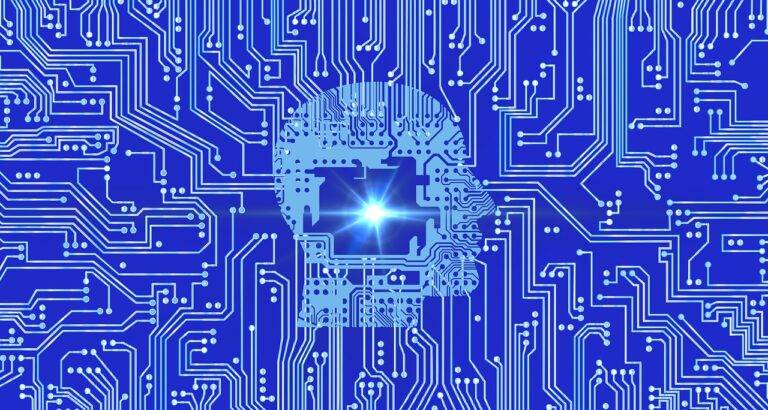Tech in Healthcare: How Technology is Transforming Medicine
Technology has revolutionized every aspect of our lives, and the healthcare industry is no exception. From electronic medical records to telemedicine, the use of technology in healthcare has transformed the way medical professionals provide care to patients. In this article, we will explore how technology is reshaping the field of medicine and improving patient outcomes.
The Rise of Telemedicine
Telemedicine, also known as telehealth, has gained popularity in recent years as a way to provide medical care remotely. Through the use of video conferencing and other communication technologies, patients can consult with healthcare providers without having to visit a physical office. Telemedicine has made healthcare more accessible to people in remote or underserved areas, and has also made it easier for patients with mobility issues to receive care.
Electronic Health Records
Electronic health records (EHRs) have replaced paper charts in many healthcare settings, making it easier for providers to access patient information quickly and accurately. EHRs also enable healthcare professionals to easily share patient data with other providers, leading to better coordination of care. In addition, EHRs can help reduce medical errors and improve patient safety by providing real-time alerts and reminders to caregivers.
Artificial Intelligence in Healthcare
Artificial intelligence (AI) is playing an increasingly important role in healthcare, with applications ranging from diagnosing diseases to developing treatment plans. AI algorithms can analyze large amounts of medical data to identify patterns and trends that may not be apparent to human providers. This can lead to earlier and more accurate diagnoses, as well as more personalized treatment options for patients.
Robotics in Surgery
Robotic surgery has become increasingly common in recent years, with robots assisting surgeons in a variety of procedures. These robots can offer greater precision and dexterity than human hands, leading to better surgical outcomes and faster recovery times for patients. Robotics in surgery has the potential to revolutionize the field of medicine by making procedures safer and more efficient.
Wearable Technology
Wearable technology, such as fitness trackers and smartwatches, has also made its way into the healthcare industry. These devices can track a variety of health metrics, including heart rate, sleep patterns, and physical activity levels. By providing users with real-time data about their health, wearable technology can help promote healthy behaviors and prevent chronic diseases.
3D Printing in Medicine
3D printing technology is being used to create custom implants, prosthetics, and even human tissues and organs. This innovation has the potential to revolutionize the field of medicine by providing patients with personalized treatment options that are tailored to their specific needs. 3D printing can also reduce costs and waiting times for patients in need of medical devices, leading to better outcomes and improved quality of life.
Challenges and Opportunities
While technology has the potential to greatly benefit the healthcare industry, it also presents challenges that must be addressed. Issues such as data security, privacy concerns, and the digital divide must be carefully considered as healthcare providers adopt new technologies. However, by overcoming these challenges, the healthcare industry can continue to harness the power of technology to improve patient care and outcomes.
Conclusion
Technology is rapidly transforming the field of medicine, offering new possibilities for diagnosis, treatment, and prevention of diseases. From telemedicine to artificial intelligence, the use of technology in healthcare is revolutionizing the way medical professionals interact with patients and deliver care. As the healthcare industry continues to evolve, it is important for providers to embrace technology as a tool for improving patient outcomes and enhancing the overall quality of care.
FAQs
Q: What are some examples of telemedicine services?
A: Examples of telemedicine services include virtual doctor visits, remote monitoring of patients with chronic conditions, and telepsychiatry for mental health counseling.
Q: How secure are electronic health records?
A: Electronic health records are protected by strict security protocols to ensure patient privacy and confidentiality. Healthcare providers are required to comply with regulations such as HIPAA to safeguard patient data.
Q: How is artificial intelligence being used in healthcare?
A: Artificial intelligence is being used in healthcare for tasks such as analyzing medical images, predicting patient outcomes, and identifying trends in population health data.
Q: What are the benefits of wearable technology in healthcare?
A: Wearable technology can help individuals track their health metrics, monitor chronic conditions, and stay motivated to lead a healthier lifestyle.
Q: How is 3D printing being used in medicine?
A: 3D printing technology is being used to create custom implants, prosthetics, and even human tissues and organs for patients in need of personalized treatment options.





